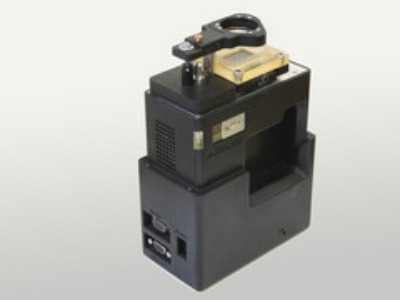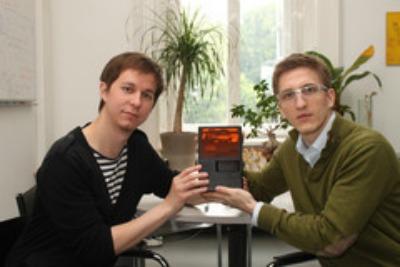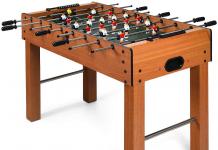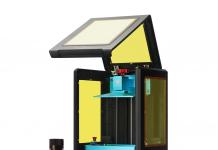For years now, the 3D printer has seemed like something straight out of a “Star Trek” episode. But if researchers in Vienna have their way they will soon become everyday household items.
We’ve seen some indications that the concept of a 3D printer that can be used in everyday life is coming closer. The 3D printed snake we here at Walyou covered as well as the 3D desktop scanner show that more and more companies and researchers are making strides in bringing this kind of technology to your home. But Vienna researchers Markus Hatzenbichler and Klaus Stadlmann have come up with a 3D printer that is so small it is considered one that could be used in your home for the kind of money most people would be willing to spend.
For those not familiar, 3D printers are not like your basic office printer with the added bonus of issuing a three dimensional image. Rather these printers use a tub or container filled with a special resin that is shaped and molded based on where beams of light from the printer touch it. This particular 3D printer works piece by piece and bit by bit to mold and harden the resin. Once a couple of pieces have been molded they can then be put together to form the object the user is going for. This particular method, called “additive manufacturing technology” allows for their smaller printer to form “complicated geometrical objects with an intricate inner structure, which could never be made using casting techniques,” according to Stadlmann.
This printer uses an LED projector for higher resolution, which means that it can actually produce smaller objects, as the layers and pieces that are produced are no more than a twentieth of a millimeter thick. This means that equipment that requires excruciating detail can be produced quite easily, including items like pieces of a hearing aid and other small electronics.
This particular printer is about the size of a carton of milk and is currently priced at around 1,200 Euros ($1,700). While that may not seem all that cheap, the fact that this is still relatively new technology as well as the implications of that technology needs to be taken into account. Stadlmann and Hatzenbichler also say that efforts are already underway to reduce both the size and cost of these printers.
Via: Vienna University of Technology












